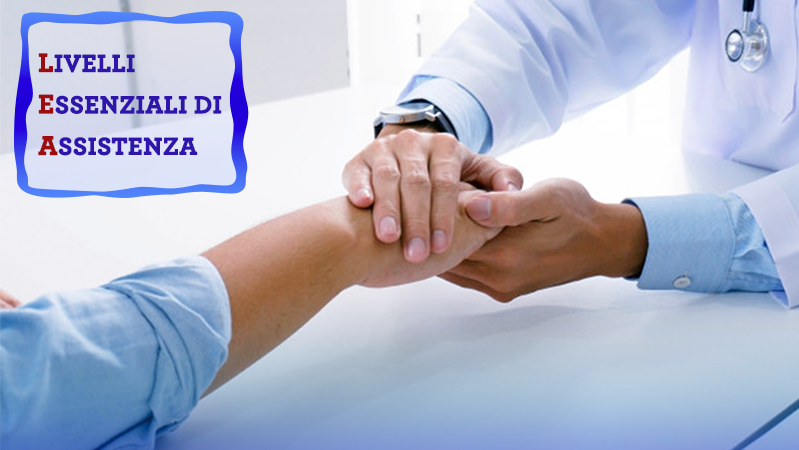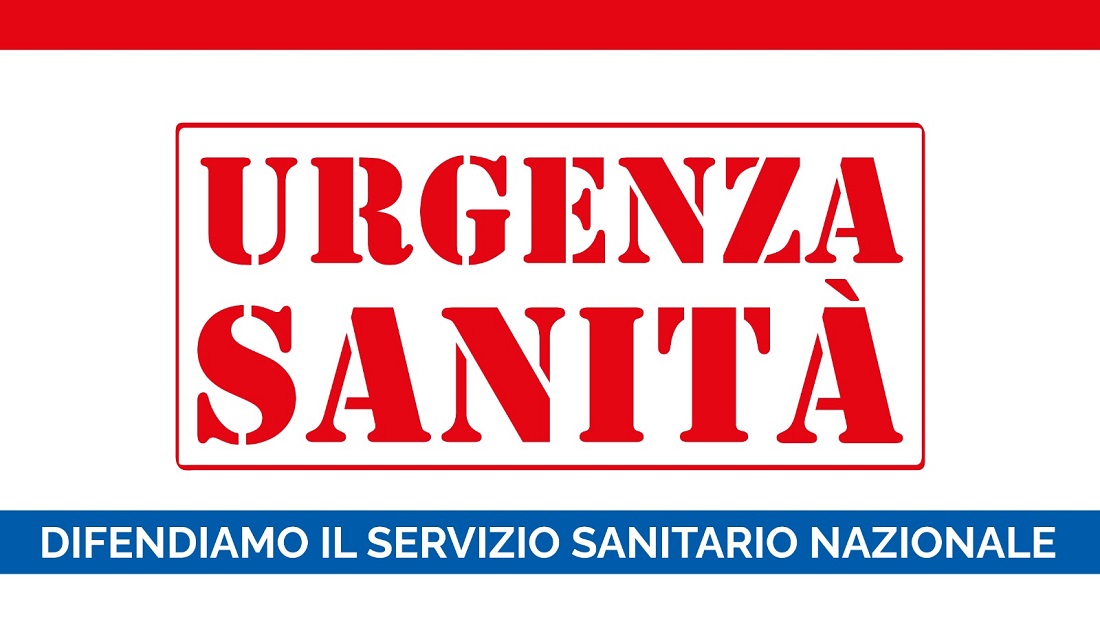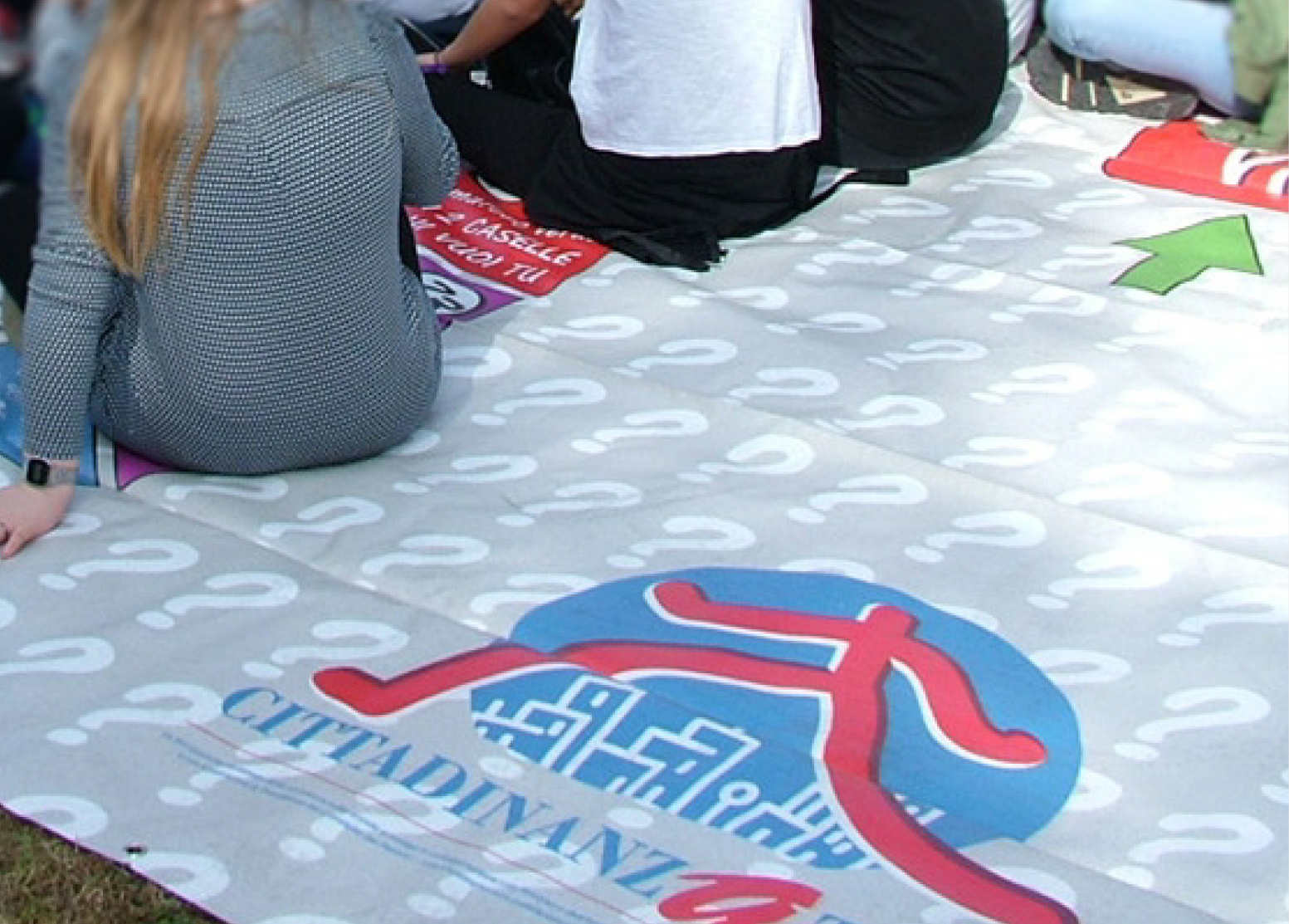Chronically ill elderly: burden rests on families' shoulders.
Presented the XI Report on the policies of chronicity by Cittadinanzattiva
(creation date: October 16th, 2012)
If in your family there's an elderly chronically ill, you're in trouble, not only economic one. We speak about thousands of persons: in Italia in 2011 (Istat) more than 50% of people between 65 and 74 years of age has at least one chronic disease and, among those, only 30% claim to be healthy. 12,2% of sixty lives in a state of relative poverty and 5,4% in absolute poverty.
To shed light on the problems the care-elderly chronically ill and on the inevitable implication on their families is the XI national report on the policies of chronicity "Family emergency: the unbearable lightness of Welfare", presented on the 16th of October 2012 in Rome from CnAMC (national Coordination of Associations of Chronic Sick) by Cittadinanzattiva. The Report comes from data collected from 28 of 86 national associations representing more than 100000 citizens affected by chronic diseases.
To take care and assist the elderly chronically ill is, in more than half of the cases (56%) a single family. Each family dedicates to assisting the family elder average more than 5 hours a day. In about 93% of cases, this situation does not allow members of families to reconcile their working hours with the needs of care, to the point that more than half (53.6%) reports layoffs and non-renewal or a break in service work. To all this it must be added the increasing difficulty of facing the costs associated with the cure of the elderly chronically ill. Just to make some examples, families spend an average of about €8,500 a year to support additional assistance to the person (caregiver), €3,700 for the visits, examinations or rehabilitation activities at home. Almost 14 thousand euros, on average, is the cost for the line of residential and /or semi-residential..
Annual costs (on average) privately incurred by a family with a chronically ill elderly
Nanny |
8.488 € |
|
Specialist visits or rehabilitation activities at home |
3.718 € |
|
Purchase of prostheses and aids |
944 € |
|
Fee for residential and /or semi-residential structures |
13.946 € |
|
Specialist visit carried out in the private or intramural |
855 € |
|
Investigations carried out in the private or intramural |
1.034 € |
|
Purchase of necessary drugs that are not reimbursed by the NHS |
1127 € |
|
Purchase of para-pharmaceuticals (i.e. food supplements, skin cosmetics, creams, ointments, artificial tears, etc…) |
1297 € |
Source: CnAMC XI Report – Cittadinanzattiva, 2012
According to data released by the Court of Auditors, also, just in the regions where it is most critical to offer assistance, there is also a higher incidence of prescription charges (diagnostics, drugs and specialist) and maxi rates with ranging values per capita for 2011 between €181 in Lazio and €43 in Trentino Alto Adige.
Outside the hospital, emptiness of the community
If the elderly patient is discharged from hospital, in a third of cases the family takes care of everything, without receiving any orientation. For 52% of associations, the general doctor provides only some indications about the office to talk to, but then the family has to pride; and only for 15% of them, the general doctor does everything necessary after discharge.
In 76% of cases, after discharge from hospital, home care is not activated. In two of three cases, the family doctor doesn’t interact with local health authorities and municipalities for the activation of social and health services, and 70% of the Association does not integrate with the specialist. With regard to home care integrated (ADI), 65,3% report difficulty in activating it, 50% the poor integration of the activities relating to health and social and insufficient hours.
Almost no one is satisfied with the assistance that receive at home: only 27% consider it quietly appropriate, and for the remaining 73% is inadequate.
The regional variation is marked on the integrated home assistance: 1.5% of elderly people treated in Sicily, in 2012, in front of 11.6% in Emilia Romagna. Same variability for per capita spending on social services and interventions, ranging from €25.5 of Calabria to €269.3 in Valle D’Aosta.
To access to residential and semi-residential assistance, the first problem reported is the too long waiting time: 39% say they expect between 3 and 6 months, 13% expect even more than 6 months.
According to the latest data from Ministry of Health for 2009, the availability of beds of residential and semi-residential is characterized by a deep regional differences: you move from 897 beds per 100.000 inhabitants of the Autonomous Province of Trento to 59 beds in Sicily. 79% Associations consider totally mediocre the service received and just under the half (43,5%) indicates the presence of ill-treatment: we speak of abandonment of the patient (70%), neglect of hygiene (70%), forms of aggression (60%), presence of bedsores (60%), malnutrition (40%), dehydratation (30%) and, in 10% of cases, even restraint.
Long times even for surgical interventions: 30% say they get to wait from three months to one year, while in the majority of cases (40%) they expect at least 2 months. The same situation happens for specialist visit: the average waiting time (28,5%) is more than two months, but you can get to wait even more than 6 months (14,2%).
Drugs
the incidence of tickets between 2007 and 2011 is almost more than doubled, rising respectively from 539 to 1337 million of euros.
Half of the patients do not access to pharmaceutical innovation. The process of national and regional approval strongly retard access to treatment, as demonstrated by the data Report.
55,2% of the Associations complaint to long times for the marketing and reimbursement of certain drugs at national level. Particular difficulties of access are indicated by 61,5% of Associations with regard to innovative therapies.
Time of entry of drugs within regional therapeutic formularies are very different. It moves from 145 days of Umbria to 284 days for Lazio. To these deadlines must add the average time of 226 days required to AIFA to proceed with the authorization and negotiation of the price for reimbursement. It is emblematic the example of new drugs for the treatment of hepatitis C still not yet available to the public, although more than 14 months have passed since the AIFA has received the documents for registration; same delays for new drugs for the treatment of atrial fibrillation whose registration file has been sent to AIFA from about 16 months to date and yet are not usable. Regional Commissions of the drug don’t guarantee the participation of representatives of civic organizations and their decision-making process is not transparent and accessible to citizens..
The odyssey of citizens to access disability civil
The procedure to establish civil invalidity and of L.104/92, despite the computerization and simplification required by law 102/2009, 72% of citizens still find it excessively complex and long. 48% indicates the absence of the INPS doctor and consequently the need to undergo double visit (at the ASL and at INPS) reported by 60% of Associations. 43.5% attended meetings took place to visit in any manner not provided by law: a simple letter 66.6%, with 41.6% by phone call, 33.3% through SMS. As much as 80% also consider that the criteria for access to care’s allowance have been unjustly tightened.
Elderly, the sensation of being left alone
Too often we see situations of psychological distress and neglect of the elderly, perhaps more painful than the disease. His state of health is measured almost exclusively in terms of clinical, as reported by about 90% of the Associations; largely underestimated the psychological aspect considered only in 20% of cases.
If assisted at home, two of three elderly perceive as problematic the lack of social. And even in the hospital, a context in which, at first sight it would seem that lacks the human touch, about one of three elderly denounces the lack of social. 70% of the associations complained about the lack of a psychologist in the team who provide home care, the same percentage as those who feel abandoned in residential facilities.
The underestimation of pain
The general practitioners do not engage as they should, and as states above the law 38/2010 in the fight against pain. As reported by the XI CnAMC Report, 46,4% of the GPs does not register the pain in the elderly, 28,6% diminishes it, 25% only records it if acute. At the hospital, the pain is regularly recorded only 7% of the associations, 20% have never registered it, and more than one third (35.7%) is diminished or recorded only if acute. Almost the same situation in residential facilities, where the pain is diminished more than half of the Associations and is regularly measured only 8,7% of them.












